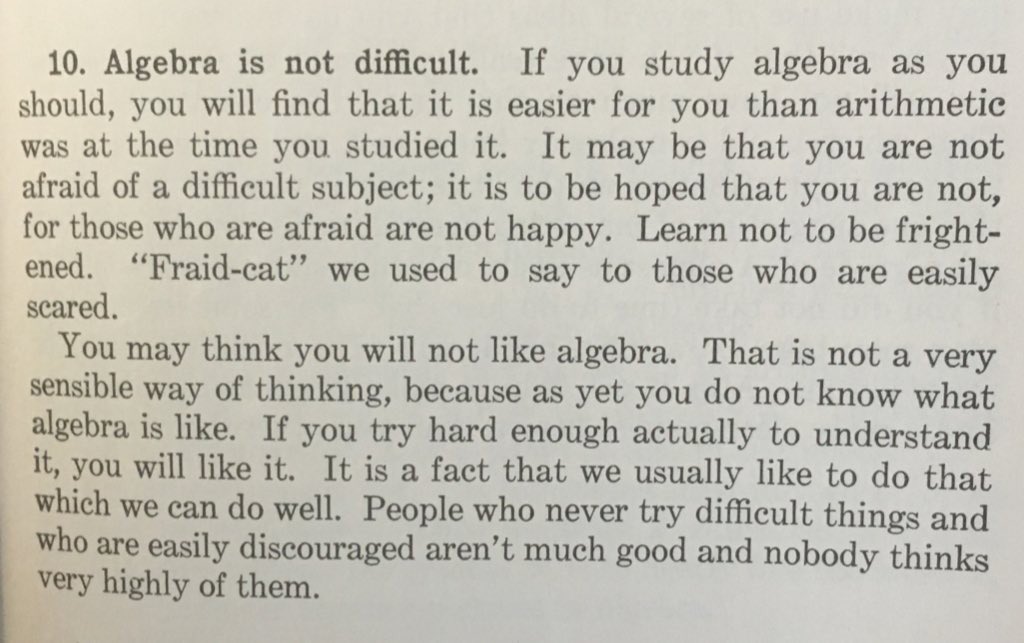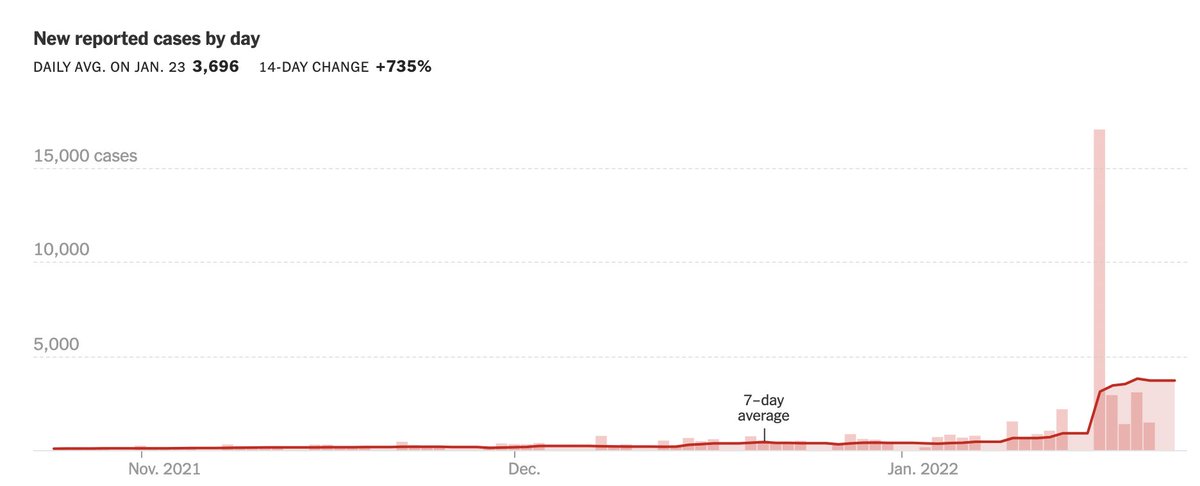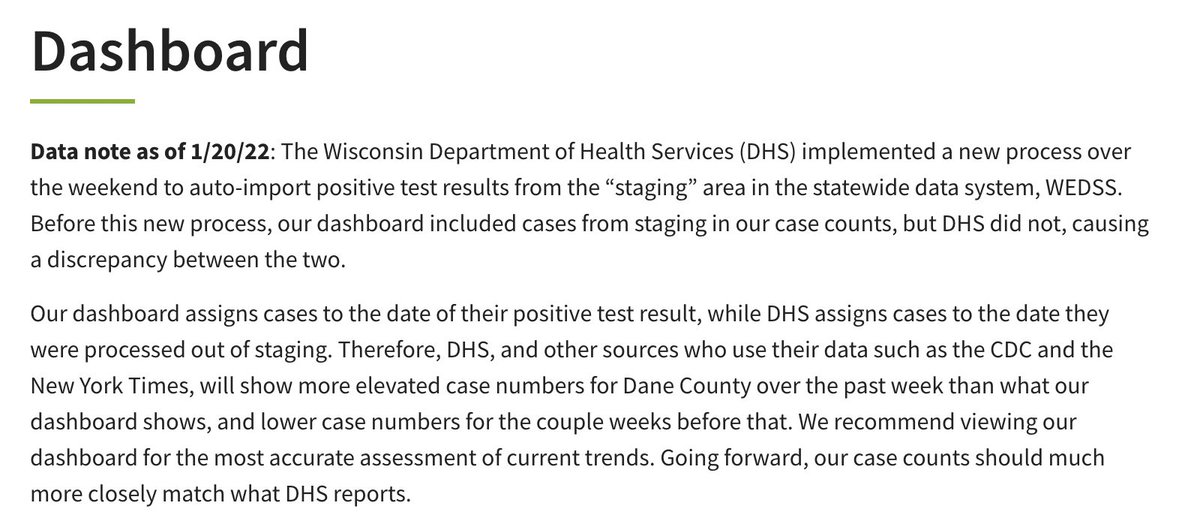New preprint up! "PatternBoost: Constructions in Mathematics with a Little Help from AI," with F. Charton, A.Z. Wagner, and G. Williamson: arxiv.org/abs/2411.00566
PatternBoost is a new protocol for using transformers to generate interesting mathematical examples -- say, graphs with many edges and no 4-cycles.
The idea is to alternate a "local search" (something greedy, like: given a graph, throw out edges contained in many 4-cycles until there are no 4-cycles left) with a "global search" (like: ask a transformer to give me more graphs like the 1% best performers in the last pass)
Iterated alternation does a lot better than either traditional greedy methods or un-greed-boosted transformer methods alone.
But it does much better on some problems than others! That's kind of the point of this paper; testing the same protocol in a bunch of different mathematical domains.
Which math problems are most amenable to ML techniques is pretty severely undertheorized and it would be great to know more.
(Of course one possibility is that all math problems will prove highly amenable to ML techniques! But that's not where we are now.)
• • •
Missing some Tweet in this thread? You can try to
force a refresh








